Liatris: Yes or No?
edlincoln
10 years ago
Featured Answer
Sort by:Oldest
Comments (97)
User
8 years agolast modified: 8 years agowantonamara Z8 CenTex
8 years agoRelated Discussions
Liatris seedlings
Comments (10)Well, gee, I dunno. LOL. I looked at a bunch of pictures of nutsedge and they are very similiar. It has been awhile since I tried to embed a photo but... [IMG]http://i74.photobucket.com/albums/i252/delightp/liatrisseedling.jpg[/IMG] hopefully its the IMG tag that I need. Thats one of the babies, but he had an older sister that had a kind of a flower bud on at the top. Smallish for making flowers I would think, but it could be the beginnings of the more upright stems. You know how they have the grassy bits then the plant starts taking a more vertical turn. Does that make any sense? The photo here is wilted because it was the only one that I could find that had something other than grassy bits. I had to dig thru my weedings to find it. [IMG]http://i74.photobucket.com/albums/i252/delightp/liatrisseedling2.jpg[/IMG] Only thing I can think to do is next year let them grow and see what happens. If the photo's do not work I'll go play in the test area. Couldn't find directions and as I said its been a Looong time since I did a picture....See Moreestablishing Liatris punctata in caliche washes
Comments (37)There are several sites online that sell Little Bluestem seed by the pound. The commercially available seeds are: Aldous (Kansas) Cimmaron (Kansas, Oklahoma) Blaze (Nebraska) Camper (Kansas, Nebraska) I ordered some grass seed from Pase once. You get a very small amount of seed, I mean really small, like 25 seeds or less depending on the variety. The price is low but you really get what you pay for in this case. The B.S. seed sold from Plants of the SW is one that I can talk about since I planted it one year. The plants are very nice and light blue, classic bluestem with a good upright habit. The rule on starting grasses is: The first year they sleep, the second year they creep, the third year they leap. Bluestem seed germinates very easily but they really need warm weather. I'm trying some indoors this winter and the plants frankly look pretty dismal & haven't grown much at all in my sunny room with the south exposure. It gets a bit cold at night but I'm talking only 60 degrees. Its all but a failed experiment, I usually do much better in there with other seeds. I looked up King Ranch Bluestem. I think I've seen that growing on roadsides in waste areas or abandoned farms. The best way to tell if its bluestem at the seedling stage is that the leaves are VERY flat at the base and resemble Iris foliage, they always remind me of tiny iris. wiscons--agastache always dies on me in summer. It looks fine then up and dies. A woman on the Texas forum said the same thing happens to her every time. Maybe its the humidity? I don't know but last year was definitely my very last try since it was the supposedly 'easier' to grow 'more tolerant' cana type....See MoreWhat species of Liatris?
Comments (3)LIATRIS Yes it works, just click on the word above. It is sometimes difficult to see the green....See MoreLiatris help please..
Comments (7)Yes, I believe those "seeds" are the tiny corms generated from the main bulbs. I really like these and have two different beds with them in them. I agree with the others, they would be happier in the ground rather than the hot, black pot, but you will need to keep them watered. I transferred some of these last year (in the fall) from the corms and they came up beautifully. They are in the middle of this bed and also have a group at the lower left bed. I am trying to get the yellow coreopsis to rebloom as my liatris were still blooming and the coreopsis had stopped this year. This picture is a few years old & they had bloomed at same time....See MoreUser
8 years agoedlincoln
8 years agoUser
8 years agoedlincoln
8 years agowantonamara Z8 CenTex
8 years agoedlincoln
8 years agolast modified: 8 years agoedlincoln
8 years agolast modified: 8 years agowantonamara Z8 CenTex
8 years agoUser
8 years agolast modified: 8 years agowisconsitom
8 years agoedlincoln
8 years agolast modified: 8 years agowisconsitom
8 years agoWoodsTea 6a MO
8 years agolast modified: 8 years agoedlincoln
8 years agolast modified: 8 years agoWoodsTea 6a MO
8 years agodbarron
8 years agolast modified: 8 years agoUser
8 years agolast modified: 8 years agoUser
8 years agodbarron
8 years agoWoodsTea 6a MO
8 years agodbarron
8 years agolast modified: 8 years agoWoodsTea 6a MO
8 years agolast modified: 8 years agoUser
8 years agoedlincoln
8 years agolast modified: 8 years agoWoodsTea 6a MO
8 years agodbarron
8 years agoUser
8 years agolast modified: 8 years agodbarron
8 years agowisconsitom
8 years agoedlincoln
8 years agodbarron
8 years agolast modified: 8 years agoUser
8 years agowantonamara Z8 CenTex
8 years agolast modified: 8 years agoedlincoln
8 years agoWoodsTea 6a MO
8 years agowantonamara Z8 CenTex
8 years agoedlincoln
8 years agowantonamara Z8 CenTex
8 years agolast modified: 8 years agodbarron
8 years agoedlincoln
8 years agolast modified: 8 years agodbarron
8 years agoedlincoln
7 years agolast modified: 7 years agoWoodsTea 6a MO
7 years agolast modified: 7 years agoWoodsTea 6a MO
6 years agowantonamara Z8 CenTex
6 years agodbarron
6 years ago
Related Stories
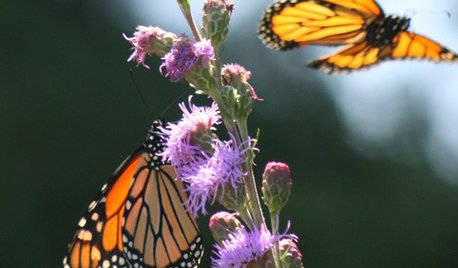
GARDENING GUIDESGreat Design Plant: Meadow Blazing Star (Liatris Ligulistylis)
Make fast friends with the monarch butterflies and get a color show too with this adaptable U.S. Midwest native
Full Story
FRONT YARD IDEASBefore and After: Front Lawn to Prairie Garden
How they did it: Homeowners create a plan, stick to it and keep the neighbors (and wildlife) in mind
Full Story
GARDENING GUIDESHow to Stop Worrying and Start Loving Clay Soil
Clay has many more benefits than you might imagine
Full Story
GARDENING FOR BUTTERFLIESButterfly Gardening: Delight the Eyes With Living Sculptures
Surprise and thrill with a garden that attracts magical winged creatures, bringing color, movement and life
Full Story
GARDENING GUIDES6 Plants That Beat Butterfly Bush for the Wildlife Draw
It's invasive, a nonnative and a poor insect magnet. Check out these better alternatives to butterfly bush in the garden
Full Story
GARDENING FOR BUTTERFLIES3 Ways Native Plants Make Gardening So Much Better
You probably know about the lower maintenance. But native plants' other benefits go far beyond a little less watering and weeding
Full Story
GARDENING FOR BUTTERFLIESGardening for the Bees, and Why It’s a Good Thing
When you discover how hard bees work for our food supply, you may never garden without them in mind again
Full Story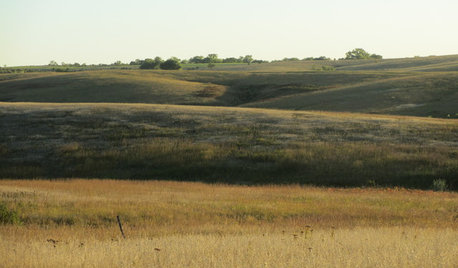
GARDENING GUIDESHow to Get Your Prairie On
Have a field day with your landscape, even if you've got just a few modern containers on a paved path
Full Story
WINTER GARDENING6 Reasons I’m Not Looking Forward to Spring
Not kicking up your heels anticipating rushes of spring color and garden catalogs? You’re not alone
Full Story
GARDENING FOR BUTTERFLIESBe a Butterfly Savior — Garden for the Monarchs
Keep hope, beauty and kindness alive in the landscape by providing a refuge for these threatened enchanters
Full StorySponsored



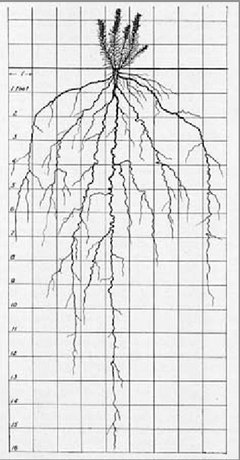
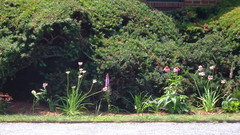
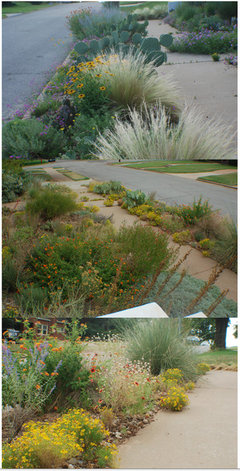
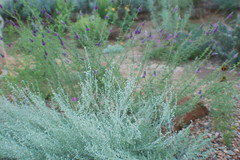
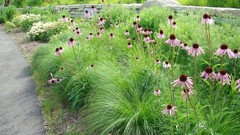
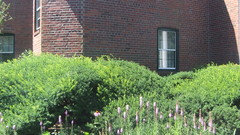
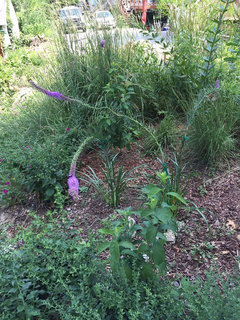
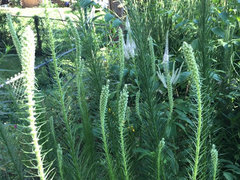
lycopus